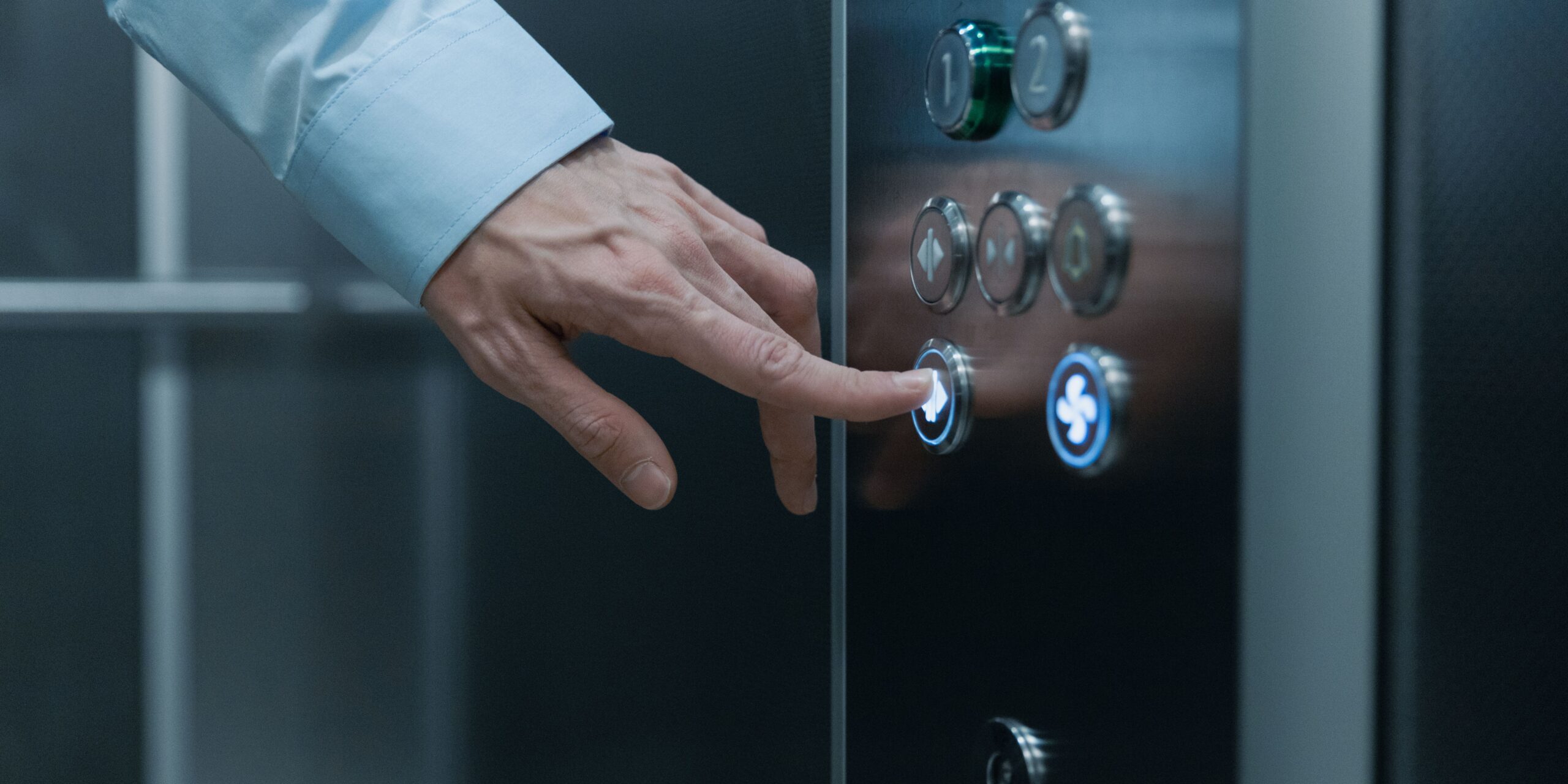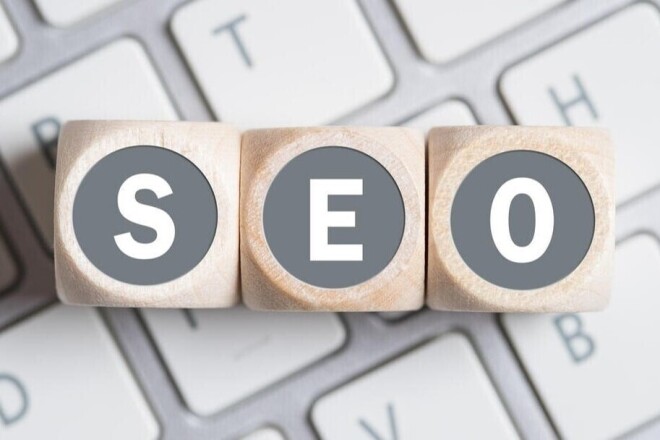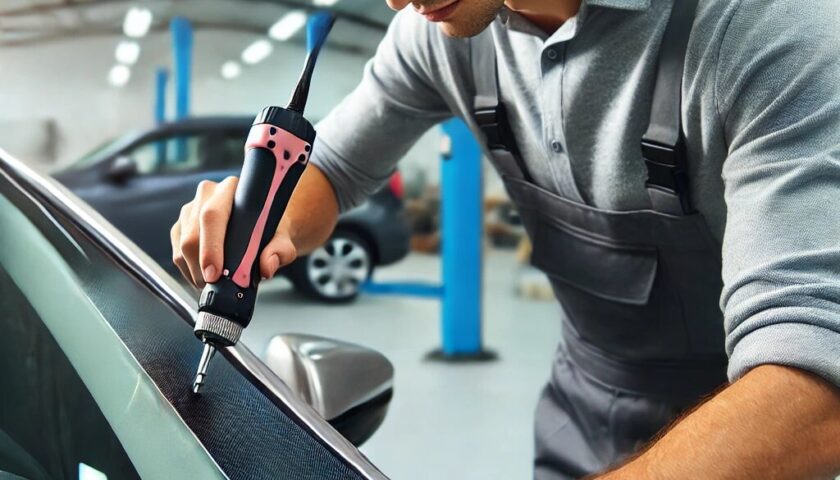Home elevators have evolved from luxury items to essential elements of modern living, particularly in multi-story residences. As we navigate through 2024, the home elevator market continues to innovate, offering advancements that enhance convenience, safety, and aesthetic appeal. This article explores the latest trends in home elevators, providing insight into how these innovations are transforming residential spaces.
1. Smart Technology Integration
One of the most significant trends in home elevators for 2024 is the integration of smart technology. Home elevators are now equipped with advanced systems that allow for seamless control and monitoring through smartphones and other smart devices. These features include:
- Voice Control: Home elevators now support voice commands through popular smart home systems like Amazon Alexa and Google Assistant, offering hands-free operation.
- Remote Monitoring: Homeowners can monitor the status of their elevator remotely, receive maintenance alerts, and even control the elevator from their smartphones.
- Energy Efficiency: Smart systems optimize energy consumption by learning usage patterns and adjusting accordingly, contributing to greener, more sustainable living.
2. Enhanced Safety Features
Safety remains a top priority in the development of home elevators. The latest models come with an array of safety features designed to protect users and ensure smooth operation:
- Automatic Rescue Systems: In the event of a power failure, modern home elevators are equipped with battery-powered rescue systems that bring the elevator to the nearest floor and open the doors.
- Advanced Door Sensors: New sensor technologies prevent the doors from closing if there is an obstruction, reducing the risk of accidents.
- Emergency Communication Systems: Built-in intercoms and emergency buttons allow users to communicate with a central monitoring service or emergency personnel in case of an issue.
3. Sleek and Customizable Designs
Aesthetic appeal is increasingly important to homeowners, and elevator manufacturers are responding with sleek, customizable designs that blend seamlessly with home interiors. Trends in design include:
- Glass Elevators: Offering a modern, open look, glass elevators provide a panoramic view of the home’s interior, making the ride visually appealing.
- Custom Finishes: Homeowners can choose from a variety of materials and finishes, including wood, metal, and custom paints, to match their home’s decor.
- Compact Designs: Space-saving models are becoming popular, with designs that require minimal construction work and can be installed in tight spaces.
4. Eco-Friendly Innovations
Sustainability is a growing concern for many homeowners, and the elevator industry is responding with eco-friendly innovations. Trends in this area include:
- Energy-Efficient Motors: Modern elevators are equipped with motors that consume less electricity, reducing the overall carbon footprint.
- Regenerative Drives: These systems capture and reuse energy generated during the elevator’s descent, making the elevator more energy-efficient.
- Recyclable Materials: Manufacturers are increasingly using recyclable materials in the construction of elevators, promoting sustainability and reducing waste.
5. Quiet Operation
Noise reduction is a critical consideration for home elevators, especially in residential settings where peace and quiet are valued. Advances in technology have led to the development of elevators that operate almost silently, enhancing the overall living experience.
- Hydraulic and Traction Elevators: Modern hydraulic and traction elevators are designed to be quieter than traditional cable-driven models.
- Soundproofing: Improved soundproofing materials and construction techniques help minimize noise, ensuring that the elevator’s operation does not disrupt the household.
6. Increased Accessibility
Accessibility remains a core function of home elevators, and recent trends focus on enhancing the user experience for individuals with mobility challenges:
- Wider Doors and Cabins: To accommodate wheelchairs and mobility aids, elevators now come with wider doors and spacious cabins.
- Lowered Control Panels: Control panels are positioned lower, making them accessible to users in wheelchairs.
- Braille and Voice Announcements: Features like Braille buttons and audible floor announcements assist visually impaired users.
7. Innovative Installation Methods
The installation of home elevators has become more straightforward and less invasive, thanks to innovative methods and designs:
- Modular Elevators: These pre-fabricated units can be installed quickly and with minimal disruption to the home. They are an excellent option for retrofitting existing buildings.
- Self-Supporting Structures: Elevators that do not require a separate machine room or extensive shaft construction are becoming popular, making installation easier and more affordable.
8. Luxury Features
As home elevators become more common, manufacturers are adding luxury features to attract high-end consumers:
- Custom Lighting: LED lighting options allow homeowners to customize the interior lighting of the elevator, creating a luxurious ambiance.
- High-End Materials: Use of premium materials such as marble, stainless steel, and exotic woods enhances the aesthetic appeal and luxury feel of the elevator.
- Entertainment Systems: Some modern elevators come equipped with built-in sound systems or screens, providing entertainment during the ride.
9. Cost-Effective Solutions
While home elevators are often seen as a luxury, there are now more cost-effective solutions available for a broader range of homeowners:
- Pneumatic Elevators: These vacuum-operated elevators are easier to install and maintain, making them a cost-effective option for residential use.
- DIY Kits: Some companies offer do-it-yourself kits that reduce installation costs, allowing homeowners to add an elevator to their home without breaking the bank.
10. Future Trends and Predictions
Looking ahead, several emerging trends and technologies are poised to shape the future of home elevators:
- AI Integration: Artificial intelligence could further enhance the functionality of home elevators, providing predictive maintenance, optimizing energy use, and personalizing the user experience.
- Augmented Reality (AR): AR technology could be used for virtual tours of elevators before installation, helping homeowners visualize how the elevator will fit into their space.
- Robotic Assistance: Future home elevators may feature robotic elements that assist with tasks such as carrying groceries or other heavy items, further enhancing convenience.
The Impact of Home Elevators on Property Value
In addition to enhancing the quality of life, installing a home elevator can significantly increase a property’s value. Homebuyers are increasingly looking for features that offer convenience, safety, and accessibility, and a home elevator can be a major selling point. Key factors contributing to increased property value include:
- Aging in Place: As the population ages, there is a growing demand for homes that accommodate aging in place. A home elevator provides an essential solution for those who wish to stay in their homes as they age, making the property more attractive to a wider range of buyers.
- Luxury Appeal: Home elevators add a touch of luxury and sophistication, appealing to high-end buyers looking for premium features in their homes.
- Accessibility: Properties with home elevators are more appealing to families with members who have mobility issues, broadening the market for potential buyers.
Conclusion
Home elevators are rapidly evolving, driven by technological advancements, a focus on safety, and the desire for greater convenience and luxury. The trends of 2024 reflect a growing emphasis on smart technology, eco-friendliness, customization, and accessibility. As these innovations continue to develop, home elevators will undoubtedly become an even more integral part of modern living, enhancing the quality of life for homeowners around the world. Learn More





